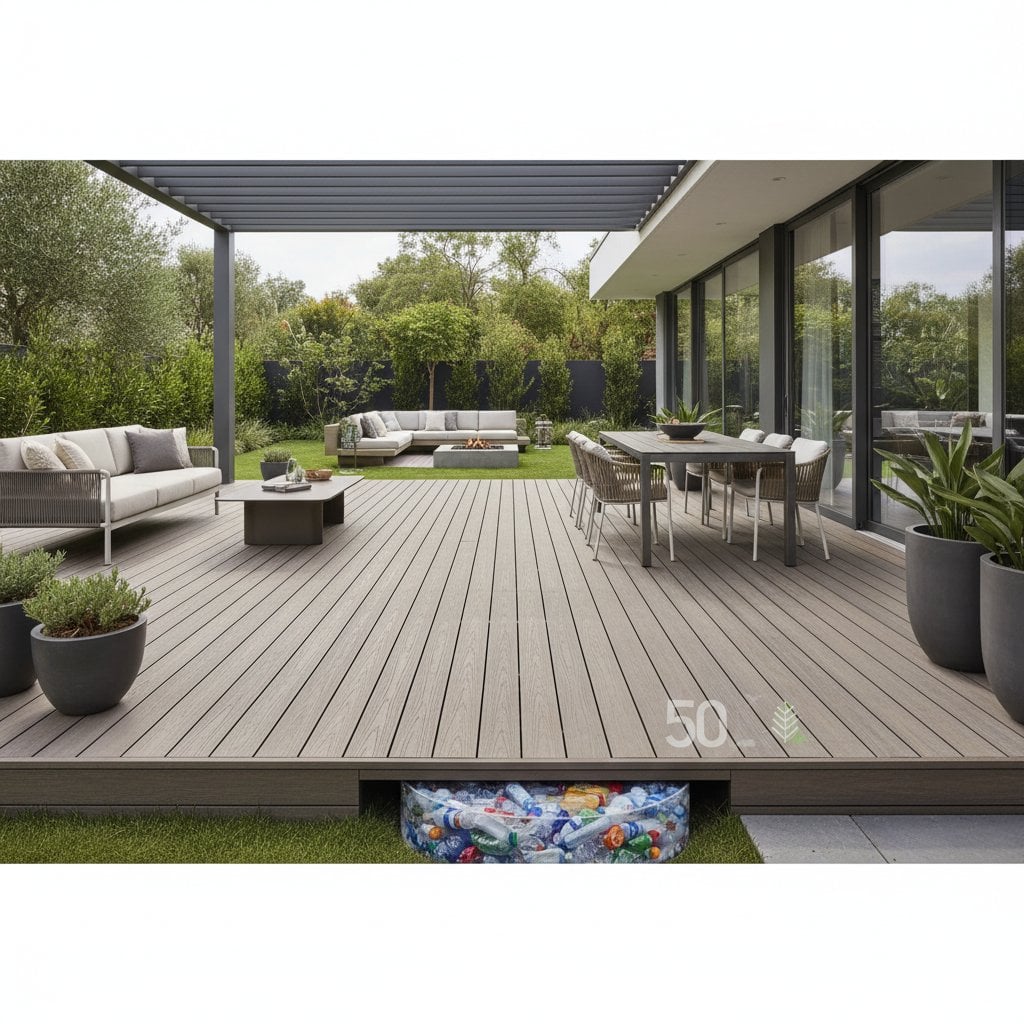Reclaimed Wood Flooring: A Smart Investment for 2025
Reclaimed wood flooring stands out as a leading trend for 2025, merging eco-conscious living with enduring style. Homeowners seeking to elevate their spaces will find this material offers not only visual appeal but also significant financial and environmental benefits. With sustainability driving buyer preferences, installing reclaimed wood can transform a property into a standout on the market. Let us explore why this flooring choice is worth the investment and how to make it work for your home.
The Dual Appeal of Sustainability and Style
A Greener Choice for Homeowners
Reclaimed wood reduces the demand for newly harvested timber, directly contributing to forest preservation and minimizing habitat destruction. Each plank repurposed from old barns, factories, or homes keeps materials out of landfills and lowers the carbon footprint tied to producing new lumber. The energy already invested in cutting and processing the wood decades ago means you are choosing a flooring option with far less environmental impact compared to modern alternatives.
Boosting Property Value
Today’s homebuyers place a high premium on sustainable features, and reclaimed wood flooring delivers on that front with unmatched charm. Real estate trends indicate that homes showcasing eco-friendly elements often sell quicker and command higher prices. The unique patina and history embedded in each board add a story to your space, making it a focal point that sets your property apart in competitive markets.
Durability That Lasts Generations
Wood salvaged from older structures often boasts superior density due to slower growth cycles of trees from past centuries. This inherent strength translates to floors that withstand heavy foot traffic and resist wear over decades. Naturally aged over time, these boards are less prone to warping or shrinking, ensuring a stable surface that endures through changing seasons and household demands.
Navigating Sourcing and Quality
Selecting high-quality reclaimed wood is essential to avoid pitfalls like structural weaknesses or health hazards. Partner with suppliers who prioritize transparency by documenting the wood’s origin, whether from dismantled buildings or industrial salvage. Reputable vendors will also kiln-dry the material to eliminate pests and test for contaminants like lead paint, providing peace of mind alongside a polished product ready for installation.
Common species such as oak and maple offer durability and classic appeal, while pine provides a more rustic look at a budget-friendly price. Availability varies by region, so consult with local suppliers to identify options that suit your design vision and practical needs. Be cautious of boards with embedded nails or metal fragments; professional preparation, including metal detection and planing, ensures a safe and seamless installation process.
Enhancing Indoor Wellness
Indoor air quality remains a critical concern for many households, especially with synthetic materials that release harmful volatile organic compounds over time. Reclaimed wood, when paired with low-VOC finishes, presents a healthier alternative that minimizes respiratory risks. Beyond air quality, the natural texture and warmth of wood foster a calming environment, aligning with biophilic design principles that link natural elements to reduced stress and improved mental well-being.
Installation: DIY or Professional Help
For those with carpentry skills, installing reclaimed wood flooring might seem like a cost-saving project. However, the inconsistent dimensions of salvaged boards often demand specialized tools and expertise to achieve a level finish. Hiring a professional installer ensures proper acclimation to your home’s humidity levels and secures each plank for long-term stability, preserving both the look and functionality of your investment.
Adapting to Climate and Local Standards
Environmental conditions play a significant role in how reclaimed wood performs over time. In areas with high humidity, moisture barriers and careful acclimation prevent swelling or buckling of the boards. Conversely, in arid regions, maintaining indoor humidity levels can stop the wood from drying out and cracking. Additionally, local building codes may require specific treatments for fire safety or pest prevention, so always verify regulations with your contractor or supplier before starting the project.
Securing Long-Term Value
Choosing reclaimed wood flooring is a forward-thinking decision that aligns with evolving buyer expectations around sustainability and unique design. Opt for wide-plank styles and durable finishes to create a versatile foundation that adapts to future trends or personal style shifts. By investing in this timeless material now, you ensure your home remains both a personal haven and a valuable asset for years to come, ready to impress the next generation of owners with its character and eco-friendly credentials.










